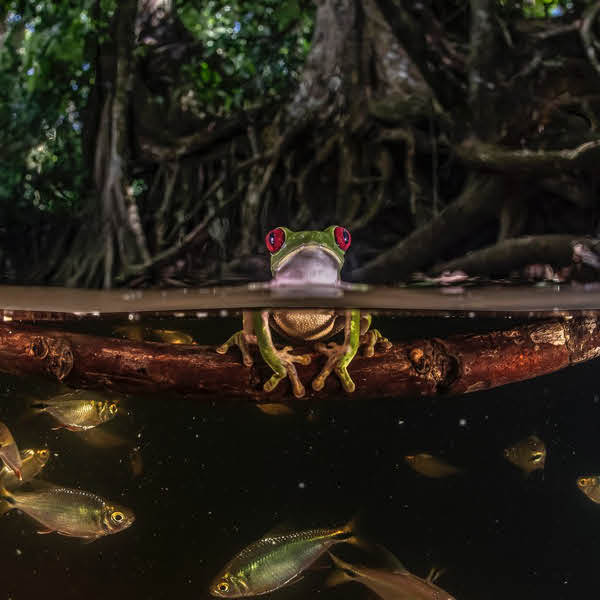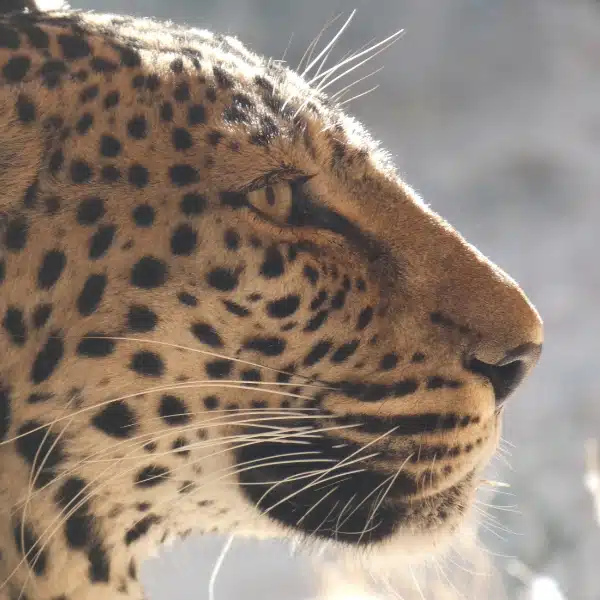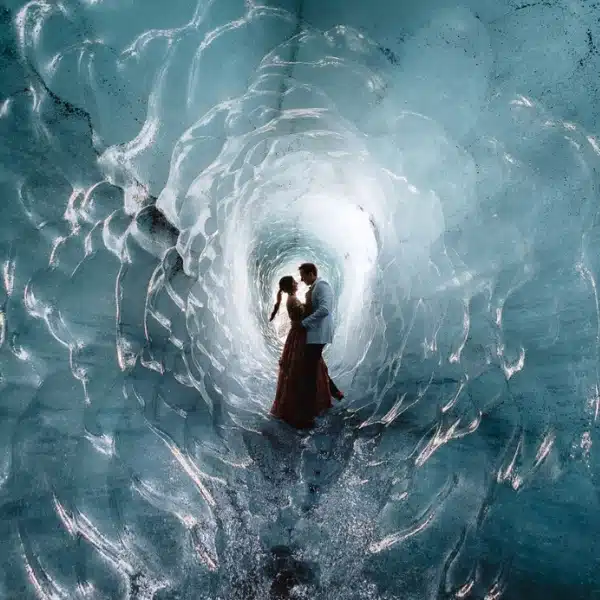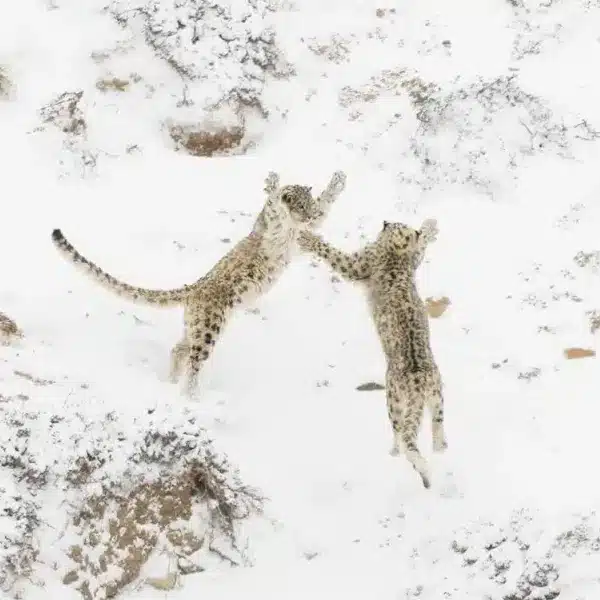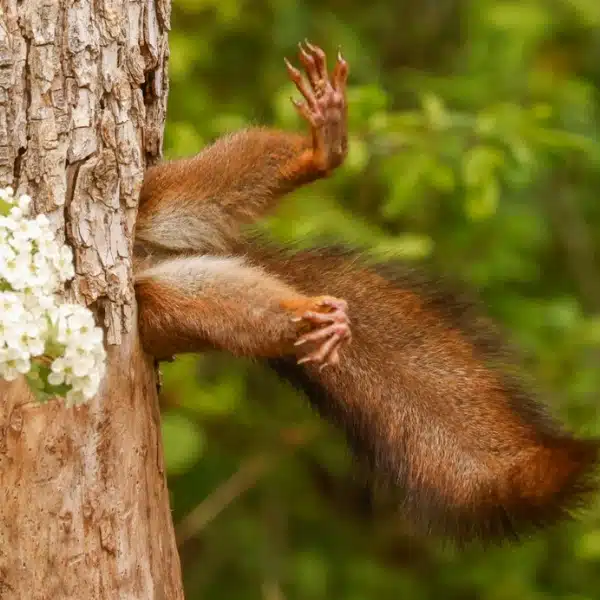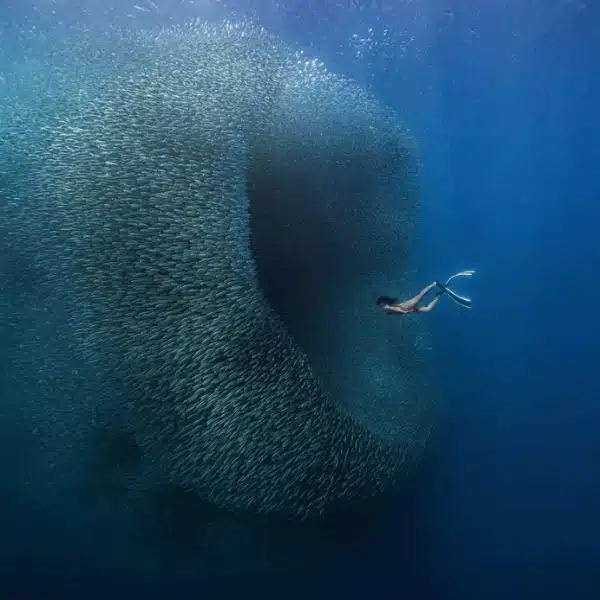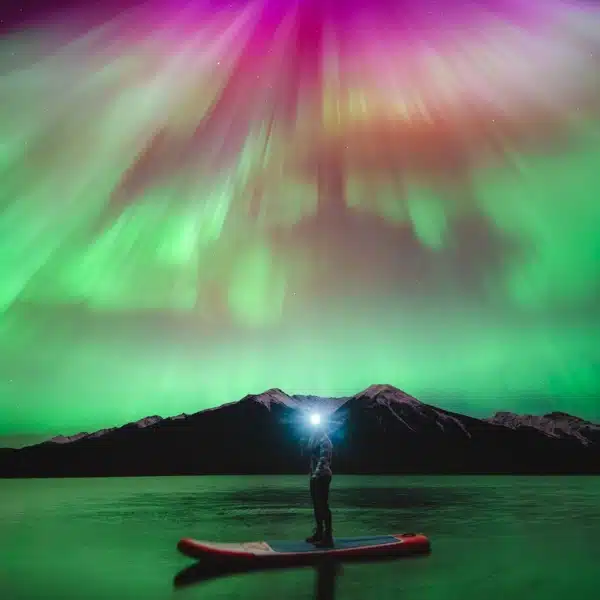First Place, Mammals, Amateur – Subharghya Das, Mysore, India
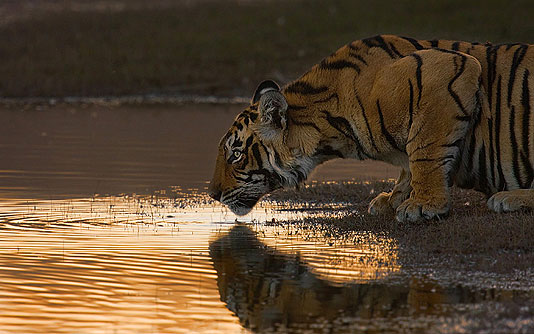
I'm always amazed at how beautiful and seemingly perfect nature seems to be. A large part of this feeling comes from photographers who capture nature at her best, sharing unbelievable images taken at unexpected moments.
Collected here are the photos from the winners of the 39th Annual National Wildlife Photo Contest. This year's contest winners are drawn from nearly 70,000 entries–the largest pool in contest history–in seven categories: Mammals, Birds, Other Wildlife, Landscapes and Plant Life, Backyard Habitats, Connecting People and Nature, Global Warming.
Above, in the fading sunlight of India's Ranthambore Tiger Reserve, this young Bengal tiger ventured down to Rajbag Lake to drink. “Here she was quenching her thirst but still watching out for the activities around her,” says Das, who photographed the scene with a digital camera and a 300mm lens with a 2x extender. In the fading sunlight of India's Ranthambore Tiger Reserve, this young Bengal tiger ventured down to Rajbag Lake to drink. “Here she was quenching her thirst but still watching out for the activities around her,” says Das, who photographed the scene with a digital camera and a 300mm lens with a 2x extender.

Grand Prize, Professional – Robert M. Palmer, Littleton, Colorado
While watching a group of bald eagles that had congregated at a local cattle feed lot, Palmer noticed the raptors were climbing into the air to catch starlings and blackbirds–not necessarily typical prey for the large birds. Using a 500mm lens and a 1.4x extender, Palmer photographed this dramatic midair scene of an eagle and a starling before his week-long encounter with the birds ended and the raptors left the area.

First Place, Other Wildlife, Amateur – Brian W. Pelkey, St. Regis Falls, New York
While fishing in Upstate New York's Adirondack Park, Pelkey noticed a spot where rainbow trout were rising to the surface and jumping out of the water. “I thought it would be neat if I could capture the scene for others to see,” says Pelkey, who held his camera at water level and used a flash to do just that.
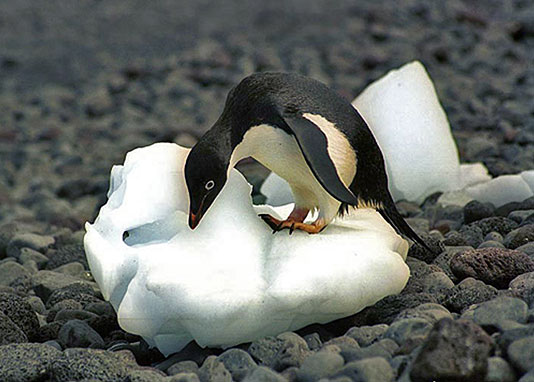
First Place, Global Warming, Amateur – Holly Gordon, Bay Shore, New York
Gordon was following what she calls “a personal urgency to be in an extreme location when 1999 became 2000,” when she landed in Antarctica at the turn of the last millennium. Struck by the frozen landscape's pure light, and captivated by its black-and-white avian residents, she says she was in “a photographer's paradise.” This Adlie penguin, she adds, was “king or queen of this ice chunk, having vocally blasted ‘Off-limits!' to other penguin interlopers.” Gordon made the film image with a 28-135mm zoom lens.

First Place, Global Warming, Professional – Brandon Cole, Spokane Valley, Washington
This stunningly colorful image of spawning sockeye salmon backed by fall foliage was no accident. Cole, who has made several trips to the Adams River in British Columbia to photograph its healthy salmon run, estimates that he spent at least six hours immersed in the frigid water on the day he made this image, allowing the fish to become acclimated to him and carefully positioning his camera to shoot both above and below the water. He used a wide-angle lens, an underwater housing and a flash, positioning the camera right at the surface of the water. Cole, who had to apply for a permit to photograph the protected fish during their fall spawning run, says that patience was key: “There was a lot of waiting involved.”

Grand Prize, Amateur – Steffen Binke, Mooroobool, Australia
Moments after its eyes emerged from the water for a “spy shot,” this dwarf minke whale approached for a closer look at Binke, who was on a dive trip to the Great Barrier Reef. Binke, working without a strobe, was only a few feet away when he used a fish-eye lens to make this digital image. “It was a great moment and I am still sure I could hear his heartbeat and his breathing,” he says.

First Place, Mammals, Professional – John Eastcott and Yva Momatiuk, Hurley, New York
On a visit to a Kenya watering hole, the husband-and-wife photography team spotted a female giraffe–almost invisible in the gathering dusk–standing over her newborn calf. “The baby stared at us with amazement,” says Momatiuk. “We were the first humans she must have seen.” The photographers decided not to approach any closer, instead using a 2x converter on their 600mm lens and pushing the Provia 100 film a full stop to compensate for low light.

First Place, Birds, Professional – Arthur Morris, Indian Lake Estates, Florida
While coleading a photo trip to Canada's Bonaventure Island, home to the world's largest gannetry, Morris found himself surrounded each day by thousands of nesting northern gannets. Each year, he says, a pair or two builds a nest atop one of the viewing shelters. “Nearly all of the Bonaventure gannets build their nests on the ground or on the cliffs,” says Morris, “so it was a rare experience to photograph these birds at their shelter-top nest with a white sky background.” Using a tripod-mounted 400mm lens and fill flash, he made the digital image while standing “a bit precariously” on the stairway to the shelter.

First Place, Backyard Habitats, Amateur – Marcia M. Olinger, Caledonia, Michigan
Perhaps these squirrels are too young to read. Olinger and her husband built this bird feeder for their backyard and wood-burned different phrases on each side (another side reads “Free Food”). “There were three baby squirrels trying to get into the feeder,” says Olinger, who used a digital camera to photograph the scene. “But the third one was too scared to make the leap.”

Second Place, Other Wildlife, Amateur – Erkki Kesa, Tallinn, Estonia
On the beach of the Estonian island Saaremaa, Kesa spotted an unusual sight: two common blue butterflies sharing a single stem. “A beautiful sunrise gave me a good background color to work with,” says Kesa, who used a 150mm macro lens, a tripod and a flash to make this digital image.

First Place, Other Wildlife, Professional – Guillaume Mazille, Montclus, France
“Once a year, this species of frog vocalizes to find a mate,” says Mazille. The calls can reach 100 decibels–as loud as a chain saw. Mazille used a flash to make this digital image of the ballooning Phrynohyas while on a trip to northern Brazil.

First Place, Landscapes and Plant Life, Professional – Cindy Goeddel, Big Timber, Montana
During a trip to Yellowstone National Park, Goeddel noticed this naturally occurring triangle of winter aspens against a backdrop of white snow and dark conifers. “Geometry in nature has long been observed and even called sacred,” says Goeddel, who photographed the trees using a digital camera and a 70-300mm zoom lens.

First Place, Landscapes and Plant Life, Amateur -Debra Thomas, Edinburg, Texas
Thomas made this photo of a night-blooming cereus flower–also known as queen of the night–on a private ranch in Texas. The grotto that housed the plants was also home to a skunk “who made his presence known,” says Thomas. She backlit the bloom for this digital image, which also happened to include a few nocturnal ants.

First Place, Connecting People and Nature, Professional – Phillip Colla, Carlsbad, California
While hiking alone in Utah's Canyonlands National Park, Colla photographed himself exulting in an orange-hued sunrise. He used a tripod, a self-timer and a 15mm fish-eye lens to make this glowing digital image.

First Place, Youth – Haylie Williams, Peachtree City, Georgia
Captivated by what she calls “the most beautiful flower in the yard,” 13-year-old Williams used a digital camera and a time-honored self-portrait technique–holding the camera away from her face and using auto-focus–to photograph herself peering through this stargazer lily.
















































































